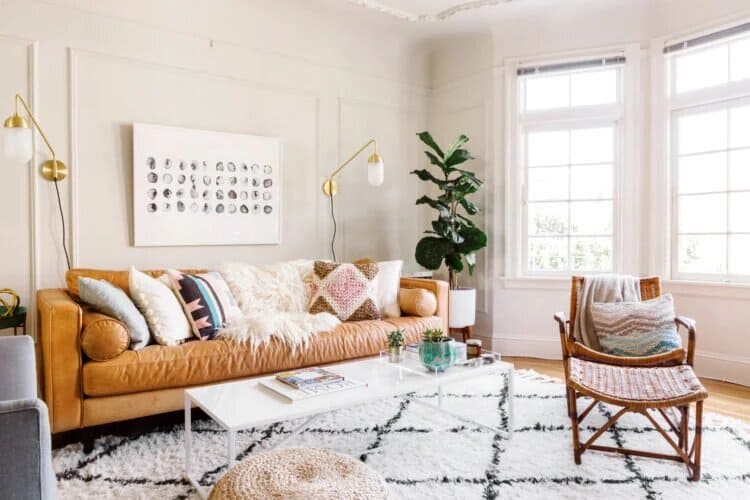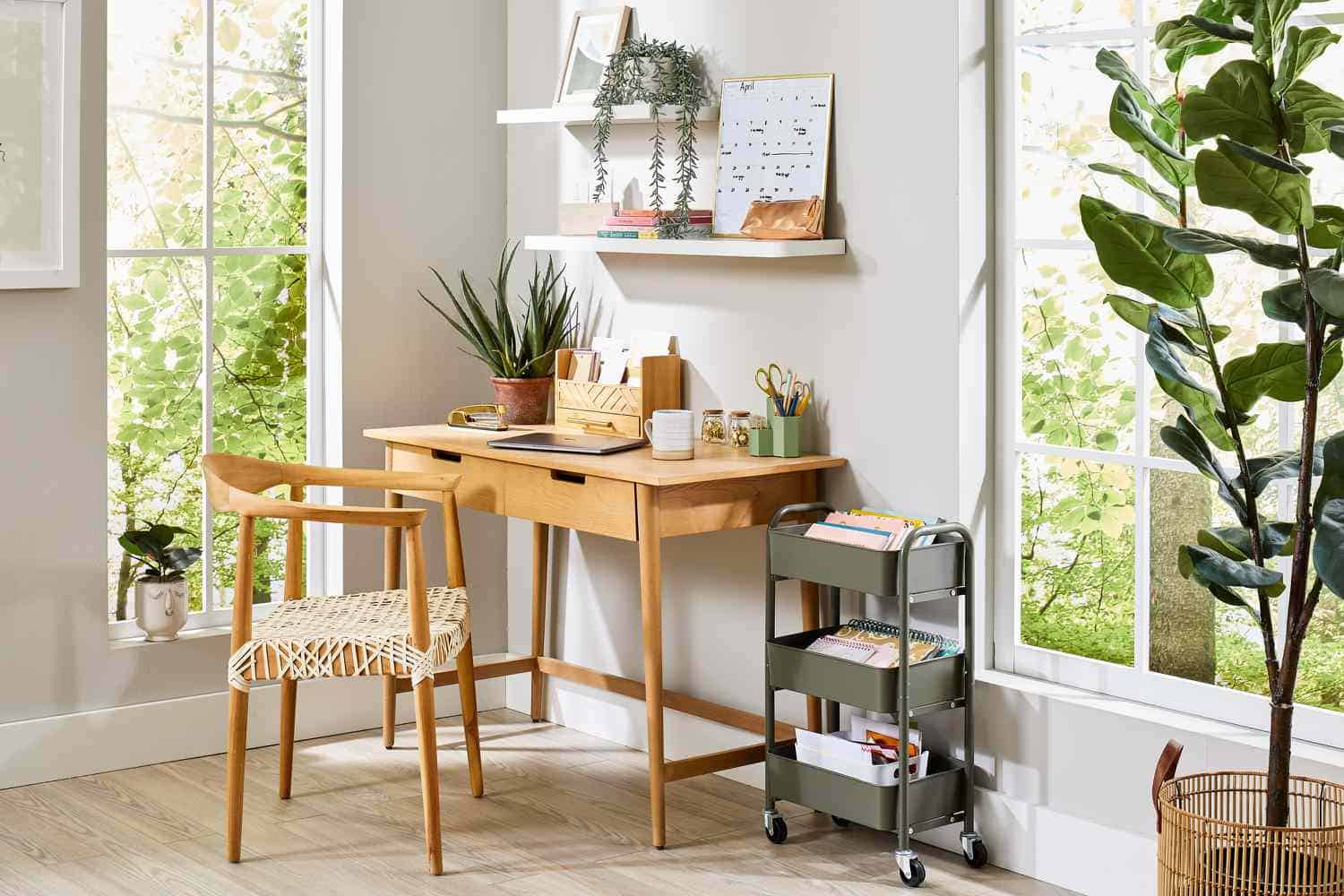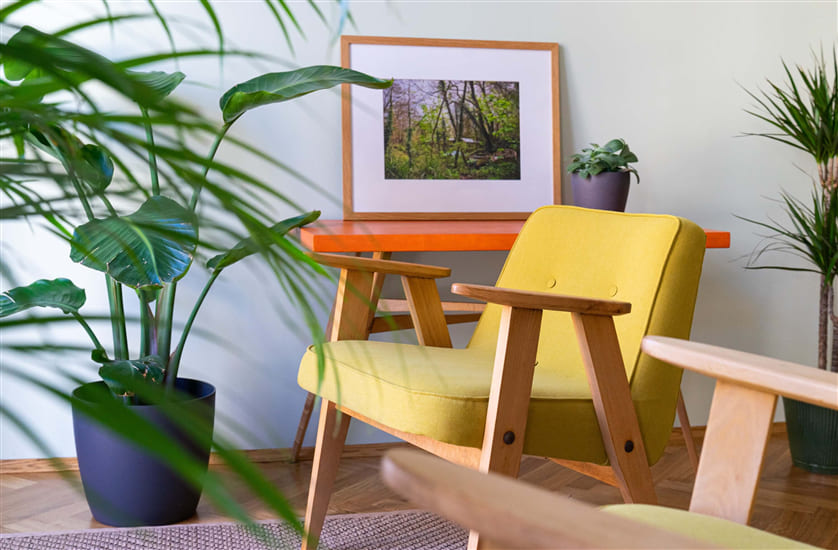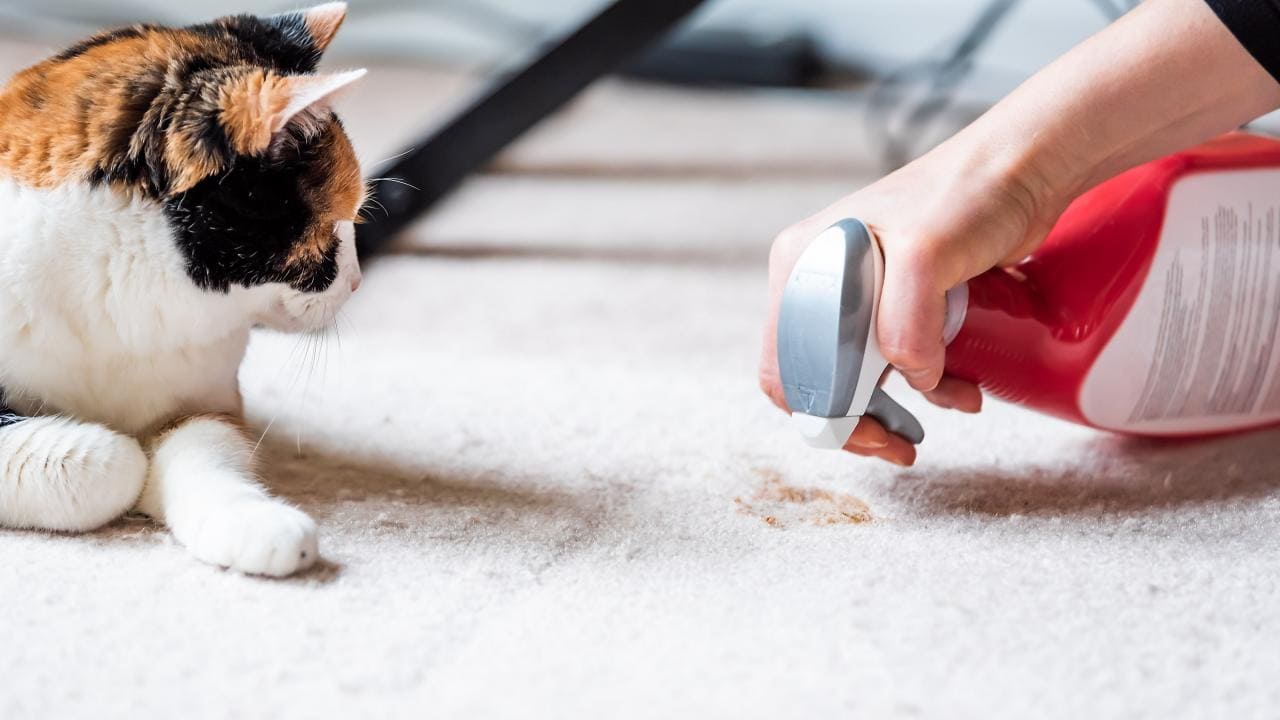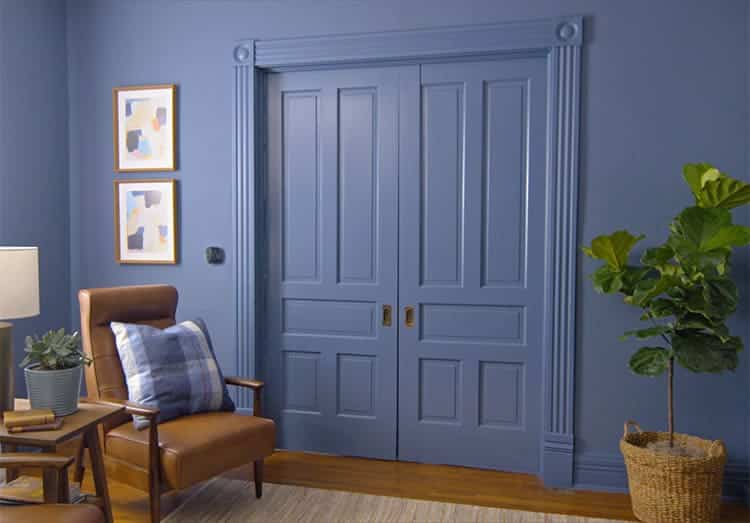Introduction:
The 1970s was a decade marked by a cultural revolution, and nowhere was this more evident than in the world of interior design. As societal norms shifted and creativity blossomed, a psychedelic wave swept through homes, transforming them into vibrant, kaleidoscopic havens of self-expression. In this exploration, we delve into the mesmerizing realm of 70s interior design, where bold colors, unconventional patterns, and mind-altering aesthetics converged to create a visual feast that transcended the boundaries of conventional decor.
Color Explosion:
At the heart of 70s interior design was an explosion of color that defied the muted tones of previous decades. Earthy browns and avocado greens gave way to vivid oranges, electric blues, and neon pinks. Homes became canvases for experimentation, with walls adorned in psychedelic hues that brought a sense of playfulness and liberation. The mantra was simple: the bolder, the better.
Textile Wonderland:
The 70s ushered in a textile revolution, with patterns that seemed to dance and swirl across every surface. Tie-dye, paisley, and geometric prints adorned everything from curtains to upholstery, creating a sensory overload. That mirrored the era’s embrace of freedom and individuality. Shag carpets, another hallmark of the decade, added a tactile dimension to interiors, inviting inhabitants to sink their feet into a plush, psychedelic wonderland.
Furniture as Art:
Furniture design in the 70s was a departure from the sleek lines of the mid-century modern era. Instead, designers embraced unconventional shapes and materials, turning functional pieces into sculptural works of art. The iconic egg-shaped chairs, modular sofas, and space-age-inspired furnishings dominated living spaces, reflecting a futuristic optimism that permeated the zeitgeist.
Trippy Accessories:
No psychedelic 70s interior was complete without a myriad of trippy accessories. Lava lamps, beaded curtains, and psychedelic posters adorned walls, creating an immersive environment reminiscent of a transcendental journey. Mirrors, often framed in vibrant, abstract patterns, were strategically placed to enhance the illusion of space and add an extra layer of visual complexity.
Nature Meets Psychedelia:
The 70s witnessed a harmonious fusion of nature-inspired elements with psychedelic aesthetics. Indoor plants, macramé wall hangings, and wicker furniture seamlessly blended with the vibrant color palette, creating an organic yet surreal ambiance. The juxtaposition of the natural and the psychedelic symbolized. A collective yearning for a harmonious connection between humanity and the environment.
Legacy and Revival:
While the 70s psychedelic interior design era was seemingly confined to its decade, its influence endures. Contemporary designers often draw inspiration from the bold, experimental spirit of that era, infusing modern spaces with retro flair. The revival of psychedelic patterns and colors serves as a testament to the timeless allure of a design movement that celebrated freedom, expression, and a departure from the ordinary.
Conclusion:
The psychedelic 70s interior design was a visual symphony that echoed the cultural shifts of its time. It was a celebration of individuality, a rejection of conformity, and an embrace of the extraordinary. As we continue to navigate the ever-evolving landscape of design, the kaleidoscopic legacy of the 70s serves as a reminder that sometimes. The most captivating interiors are the ones that dare to defy the norm and take us on a journey beyond the boundaries of the ordinary.

